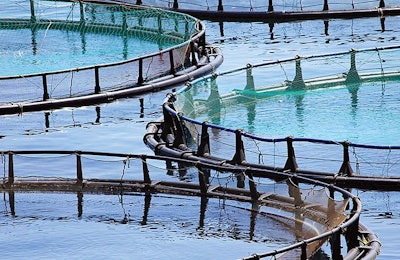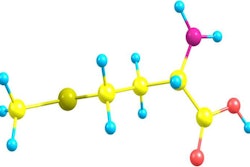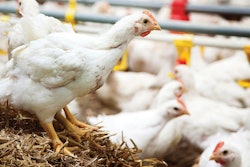
Protein from fish processing waste outperforms fishmeal in silver pompano feeding trial
Extracting protein from fish processing waste could offer more than environmental benefits — the resulting protein may actually outperform fishmeal and other common aquafeed ingredients, according to new research.
According to a report from Animal Feed Science and Technology, silver pompano fingerlings fed diets containing 90 g/kg of fish protein hydrolysate (FPH) showed significant increases in weight gain compared with fingerlings fed diets consisting of less FPH and more protein from traditional sources, including fish, shrimp and soymeal. The fish on the high-FPH diet also showed increased immunity to bacterial infections when researchers introduced Vibrio anguillarum to their environment.
Lead author Tejpal, C.S., a research scientist at the Central Institute of Fisheries Technology in Cochin, India, said the results point to FPH as a potential win-win solution for aquaculture. Using fish waste to produce FPH for aquafeed not only offers a needed alternative to fishmeal that comes with the environmental benefits of recycling, but may also prove to be the best available source of protein thanks to potential growth- and immune-promoting properties, he said.
“Many animal feed industries have started using FPH in commercial diets,” Tejpal said, “and it is going to have a huge market in the coming days.”
It’s still not clear, however, exactly why FPH has these properties. FPH is known to have antioxidant and antimicrobial properties, Tejpal said. It’s readily digested by fish and lacks the anti-nutritional factors present in many plant-based alternatives. The study also noted differences in enzyme activity in fish fed the FPH that could be attributed to the product’s amino acid profile or other nutritional factors.
Tejpal said his research group would next focus on replicating the experiment with FPH derived from other species. While this trial used FPH derived from tilapia fish waste, protein derived from other species could have different attributes.
“At present, the demand for fish consumption is increasing day by day with growing population,” Tejpal said. “There is a reduction in the raw material available for the production of fishmeal. We have no choice but to look for alternative feed ingredients.”















